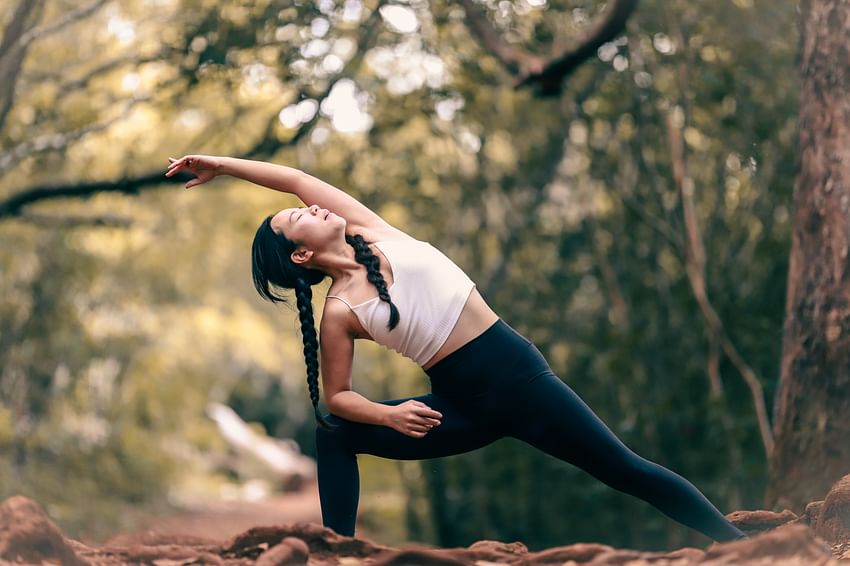6 basic principles for a healthy lifestyle - Movement and Breathing techniques (5/6)
Article Outline
▼Summary
▼Finding Movement and Breath that Nourishes You
When we think of movement and breathing, we often focus on exercise and technique. Yet, it's essential to consider how these practices affect our overall energy and wellbeing. We explore gentle approaches to movement and breathing that can help stimulate your body's healing processes and promote relaxation.

This is part 5 of 6 in my blog series on the 6 basic principles of a healthy lifestyle - the following articles are also included in the series: Introduction (1/6), Diet and Hydration (2/6), Sleep (3/6), Positive thinking (4/6) and Discussion (6/6).
Life is movement. Your body is made for movement. When you move, your muscles work, moving water, blood and oxygen around your body. If you don't move, these vital substances can't be transported around your body and waste products can't be effectively removed from your body.
When most of us think of movement, we think of physical exercise. The body cannot distinguish between different kinds of stress. Physical, emotional, mental and spiritual reactions to stress affect your vitality. If your body is already depleted of energy, adding energy-consuming exercise to your schedule means in practice that you are only adding to your overall stress levels. Think of it this way; a physically demanding workout requires energy to complete - so a visit to the gym may not be what you need if you already have a high overall stress level in your life. It would do more harm than good.
So what can you do to transport vital substances around your body if your stress level is already high and a physically demanding workout would only make the situation worse? That's when you need to find a form of exercise that actually puts more energy into your body than it takes (working in), so that you instead put enough energy into stimulating and strengthening the healing processes in your body. Examples of these forms of exercise are slow walks, stretching, tai chi, qigong and yoga.
It may sound obvious to say that breathing is important. Of course breathing is important - through breathing we bring new oxygen into the body. What's important here is the breathing technique you use, the way you breathe can have a big impact on how you feel. The modern way of life encourages us to breathe more with our chest and mouth rather than using the deeper abdominal breathing that starts via the diaphragm and ends via the nose.
Both your breathing rate and the efficiency (effect) of your breathing affect whether you use your sympathetic (fight and flight response) or your parasympathetic nervous system (rest and rebuild response).
There are great breathing exercises online and/or you can try a yoga class to learn how to develop a good breathing technique that promotes your well-being.